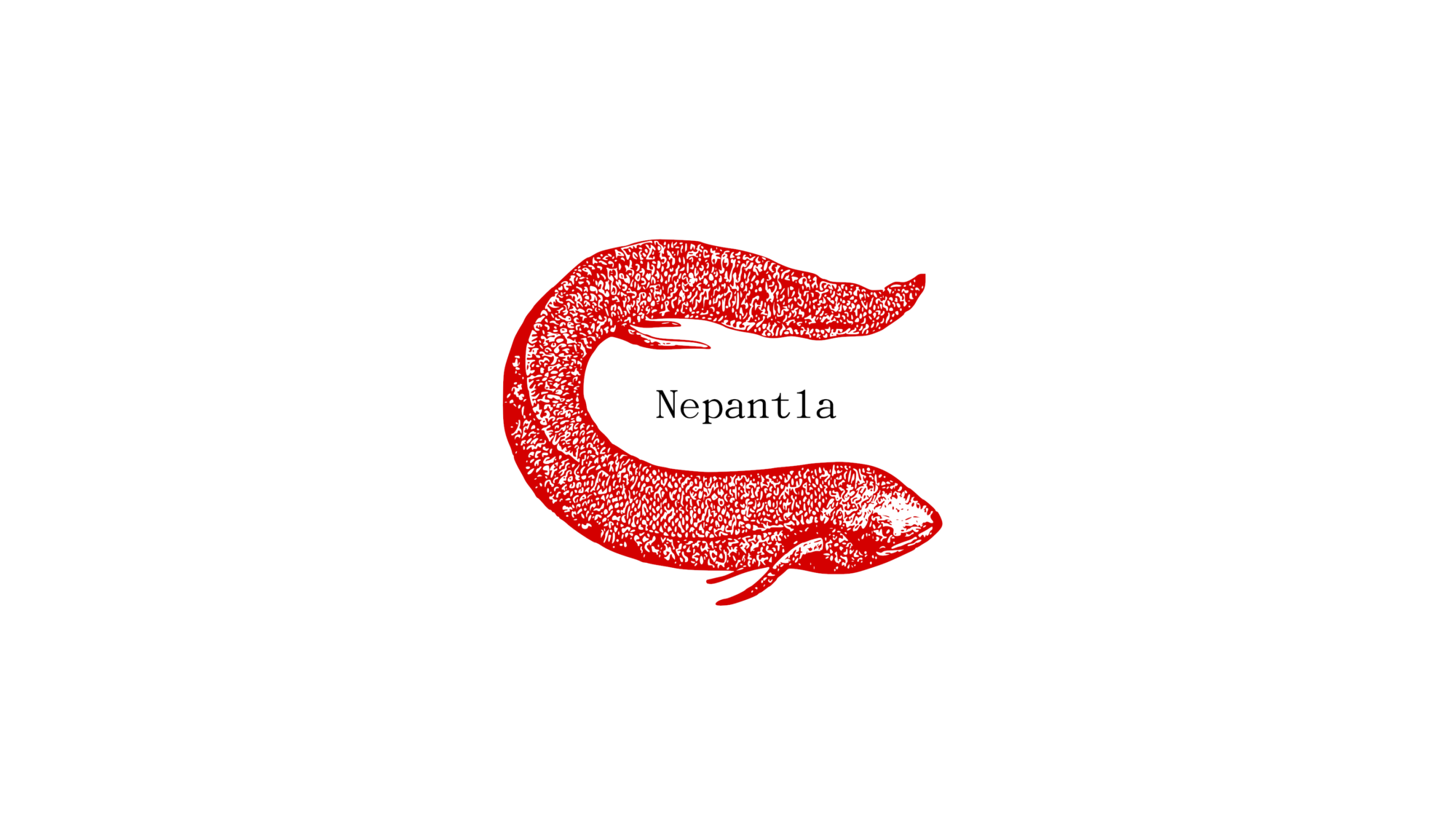- Raul Trejo Villalobos – Interculturality - April 20, 2021
- Postpandemic perspectives - March 13, 2021
- Posthumanism: Romanian scenery 5 - August 26, 2020
From a niche phenomenon memes have become one of the main vehicules of communicating information in our current network society. This for a good reason. Memes deliver in a compact visual format a great amount of information. This is due to their indexing function. They incapsulate in this tiny format political, societal, and cultural movements, that immediately spring to mind when one sees a certain type of meme. Their indexing function is extended by their humoristic character. Information is usually presented in a way that prompts us to at least blow air through our noses in a timid bodily manifestation of laughter. This combination of visual indexing and humoristic delivery of information seems to be viral. It infects each and any one of us changing the way we see information. Why do we get so infected by them?
Humor?
The visual aspect has on the one side a major impact on the delivery of information, being able to pack in an image the entire context of its production. The humor dimension of memes allows the receiver on the other side to absorb this information without suffering its full tension and impact. Let me expand.
There are three basic theories of humor: the relief, the superiority, and the incongruity theory (see Barber, 2017). The relief theory states that we laugh when we release built up tension prompted by some unexpected or unusual situation.
The superiority theory argues that laughter is based on our competitive tendencies that urge us to manifest ourselves as superior towards others. According to this theory Jokes diminish the authority of other people and allow us to feel superior.
The incongruity theory describes humor and laughter as the result of unexpected results. Similar to the relief theory it holds humor to be the transition from a tense to a more relaxed state. The incongruity theory however also holds that this transition has epistemological values: it allows us to approach certain situations with a certain epistemic felxibility, with a certain openness. For this reason, humor has often been considered a healthy attitude in life – which I also believe.
All three together
Memes are all three of these theories. They help us relief tension mediated by comical images. Hence the gesture of blowing out air through our noses. They present information in unexpected ways and help us to approach that certain information in a flaxible, playful manner. By releasing tension and helping us adopt a relaxed state they also weaken the impact a certain information might have. They thus may make us feel superior to that information or situation. For these reasons, humor often allows us to approach information with a certain distance, with a certain feeling of safety. This feeling of safety then makes it easier to deal psychologically and epistemically with a certain situation, that might otherwise be stressful. This is all good and well on a personal, individual level, within small interacting communities.
The flipside
Humor however also has a flipside. It gives us the space to distance ourselves from issues that do not concern us, it allows us to marginalize suffering. Humor – and memes especially – determine a topography of distance, a geography of foreign events. It allows us to become aware of a certain situation and then laugh it away to some distant corner of society, letting others deal with it. This has been the case with the recent COVID-19 crisis°.
Wihlst COVID-19 was an exotic new virus, isolated somewhere in China, memes were mostly ironic jokes about Chinese culinary preferences, about real life videogame scenarios, about desperate people wearing huge water bottles on their heads in order to protect themselves from the virus. And then, out of nowhere – just like the virus – this meme appeared (along with some other variations):

The exotic, distant crisis was slowly closing in on everyone. By doing so it eliminated the possibility of laughing the virus away to some distant corner of the world. The pandemic forced us to acknowledge it and in that forceful impact change occured. People started changing their behaviour. They startet using memes as vehicules of solidarity, as images of awarness and helpful advice. In that fleeting transition from laughter to impact and back again, change was needed and true epistemic, anthropological, social, political flexibility seemed imminent and possible. Now is indeed the time for action and change, for responsibility and solidarity. But it is also for critical assesment and not just for laughter. In coping with the impact and its productive acceptance memes however can help. They can also spread the word on what is to be done.
The darkside
Their darkside is still present though. Eventhough the pandemic has eliminated the possibility of geographical marginalization, it has also brought to light the deeper and darker dimensions of our society. It shows political, ethical, race and clase marginalization.
Memes (not all) make fun of the desperate racing to buy toilet paper. They ridicule the poor that do not afford days off or a medical check. Memes shame the uneducated that do not understand the severity of the situation. They also blame the elderly or the weak that are the only ones at risk. In doing so memes allow some to laugh their worries away to some marginal place of their social hierarchy. This makes them feel good, superior, safe, and release tension. In the midst of this pandemic, let us not marginalize risk groups or any other group through cheap humor and irony. Let us on the contrary be responsible and solidary and distance ourselves socially so that we can be closer to those in need.
- Barber, M. (2017) / Religion and Humor as Emancipating Provinces of Meaning, Springer.
- ° see also Empty buses
